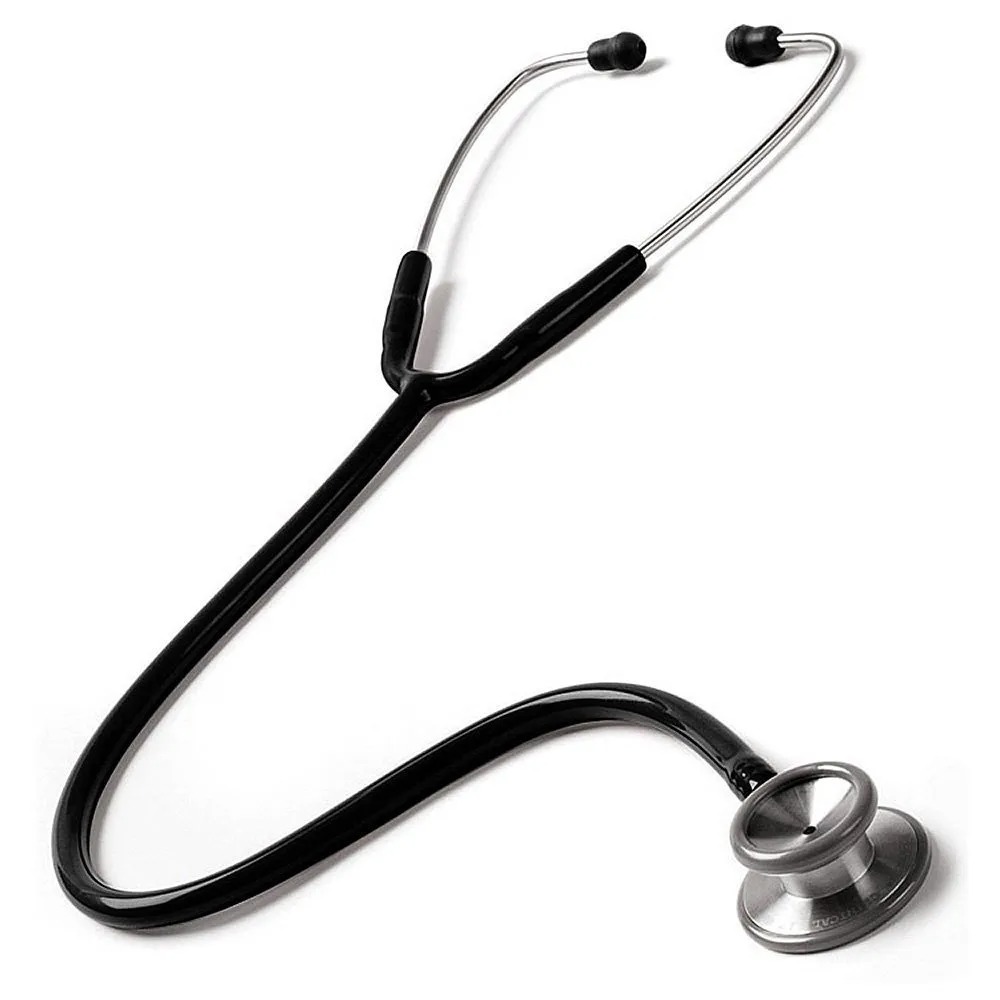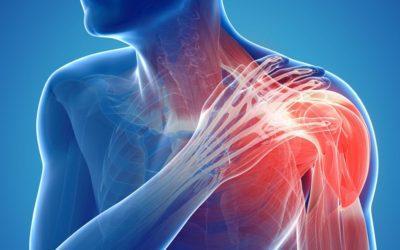The stethoscope is one of the most recognizable symbols of the medical profession. Its simple yet ingenious design has made it an indispensable tool for healthcare professionals worldwide. This article delves into the stethoscope history, types, uses, and advancements, highlighting its enduring relevance in modern medicine.
The History of the Stethoscope
The Birth of the Stethoscope
The stethoscope was invented in 1816 by French physician René Laennec. Faced with the challenge of examining a young female patient with a large body mass, Laennec was uncomfortable placing his ear directly on her chest to listen to her heart. He rolled up a piece of paper into a tube and discovered that this method amplified the sounds of the heart and lungs. This rudimentary device laid the foundation for the modern stethoscope.
Evolution and Advancements
Over the years, the stethoscope has undergone significant transformations. In the mid-19th century, George P. Cammann developed a binaural stethoscope featuring two earpieces for improved sound transmission. The 20th century saw the introduction of flexible tubing and diaphragm chest pieces, enhancing acoustic performance and user comfort. Today, digital stethoscopes with advanced sound amplification and recording capabilities represent the latest evolution of this essential tool.
Types of Stethoscopes
Acoustic Stethoscopes
Acoustic stethoscopes are the most common type and rely on transmitting sound waves through hollow tubes to the physician’s ears. They include a chest piece (diaphragm and bell), tubing, and earpieces. The diaphragm is used for high-frequency sounds, while the bell is for low-frequency sounds.
Electronic Stethoscopes
Electronic or digital stethoscopes use electronic amplification to enhance sound quality. They convert acoustic sounds into electronic signals, amplify them, and transmit them to the earpieces. These stethoscopes often feature noise-canceling technology, Bluetooth connectivity, and digital recording capabilities.
Fetal Stethoscopes
Fetal stethoscopes, or fetoscopes, are specialized devices that listen to fetal heartbeats during pregnancy. They feature a trumpet-shaped headpiece and a long handle, allowing the physician to place the device on the pregnant woman’s abdomen to detect fetal heart sounds.
Doppler Stethoscopes
Doppler stethoscopes use ultrasound technology to detect blood flow and heartbeats. They are commonly used in obstetrics to monitor fetal heart rates and in vascular studies to assess blood flow in arteries and veins.
Uses of the Stethoscope
Cardiovascular Examination
One primary use of the stethoscope is listening to heart sounds. Physicians use it to detect abnormalities such as murmurs, which may indicate valve issues, or irregular heart rhythms, which could suggest arrhythmias. By auscultating the heart, doctors can assess the heart’s rate, rhythm, and strength.
Respiratory Examination
Stethoscopes are crucial for examining lung sounds. Physicians listen for abnormal sounds such as wheezing, crackles, or diminished breath sounds, indicating conditions like asthma, pneumonia, or chronic obstructive pulmonary disease (COPD). Auscultation helps diagnose respiratory infections, lung fluid, and other pulmonary issues.
Abdominal Examination
During an abdominal examination, the stethoscope listens for bowel sounds. Absence or abnormal sounds can indicate gastrointestinal issues, including bowel obstruction, ileus, or peritonitis. Regular auscultation of the abdomen helps in assessing the digestive system’s health.
Blood Pressure Measurement
The stethoscope is vital in measuring blood pressure when used with a sphygmomanometer. The physician listens to the Korotkoff sounds to determine systolic and diastolic pressures, providing essential information about a patient’s cardiovascular health.
Pediatric Care
In pediatrics, the stethoscope is an indispensable tool for assessing the health of infants and children. Pediatric stethoscopes are specifically designed with smaller chest pieces to suit young patients. Physicians use them to monitor heart, lung, and bowel sounds, ensuring early detection and treatment of health issues in children.
Advancements in Stethoscope Technology
Digital Stethoscopes
Digital stethoscopes represent a significant advancement in medical technology. These devices amplify sound and reduce background noise, and they often include features such as heart rate monitors and Bluetooth connectivity. Digital stethoscopes allow for the recording and playback of sounds, aiding in diagnosis and medical education.
Telemedicine
With the rise of telemedicine, stethoscopes have adapted to meet new demands. Tele-stethoscopes can transmit auscultated sounds over the internet, allowing healthcare providers to perform remote examinations. This technology is particularly beneficial in rural or underserved areas with limited access to medical care.
AI Integration
Artificial intelligence (AI) is beginning to impact stethoscope technology. AI algorithms can analyze auscultated sounds and provide preliminary diagnoses, assisting physicians in identifying conditions more quickly and accurately. This integration of AI holds great promise for enhancing diagnostic accuracy and efficiency.
Choosing the Right Stethoscope
Considerations for Healthcare Professionals
Selecting the right stethoscope depends on several factors, including the healthcare professional’s specialty, the typical patient population, and personal preferences. Key considerations include:
- Acoustic Quality: High-quality sound transmission is crucial for accurate diagnosis.
- Comfort and Fit: Comfortable earpieces and lightweight design reduce fatigue during prolonged use.
- Durability: A robust construction ensures longevity, especially in busy clinical settings.
- Specialty Needs: Specialized stethoscopes, such as cardiology or pediatric models, cater to specific diagnostic requirements.
Recommendations for Medical Students
Medical students should prioritize affordability and versatility when choosing their first stethoscope. Acoustic stethoscopes with good sound quality and durable construction are ideal. As students progress in their training, they may invest in more specialized or advanced models.
Conclusion
The stethoscope remains a cornerstone of medical practice, evolving from a simple rolled-up paper tube to a sophisticated digital device. Its ability to provide critical insights into cardiovascular, respiratory, and abdominal health makes it an indispensable tool for healthcare professionals. As technology advances, the stethoscope adapts, enhancing diagnostic accuracy and expanding its applications in modern medicine.
Incorporating additional equipment like Medicine Balls Liveup can provide numerous benefits for those looking to enhance their overall fitness and health. Medicine Balls Liveup is known for its high quality, durability, and effectiveness in various workouts. You can purchase these high-quality medicine balls from Physioshop, a trusted retailer offering a wide range of fitness equipment. Integrating cutting-edge stethoscope technology and a comprehensive fitness regimen with tools like Medicine Balls Liveup can improve physical and overall health.




